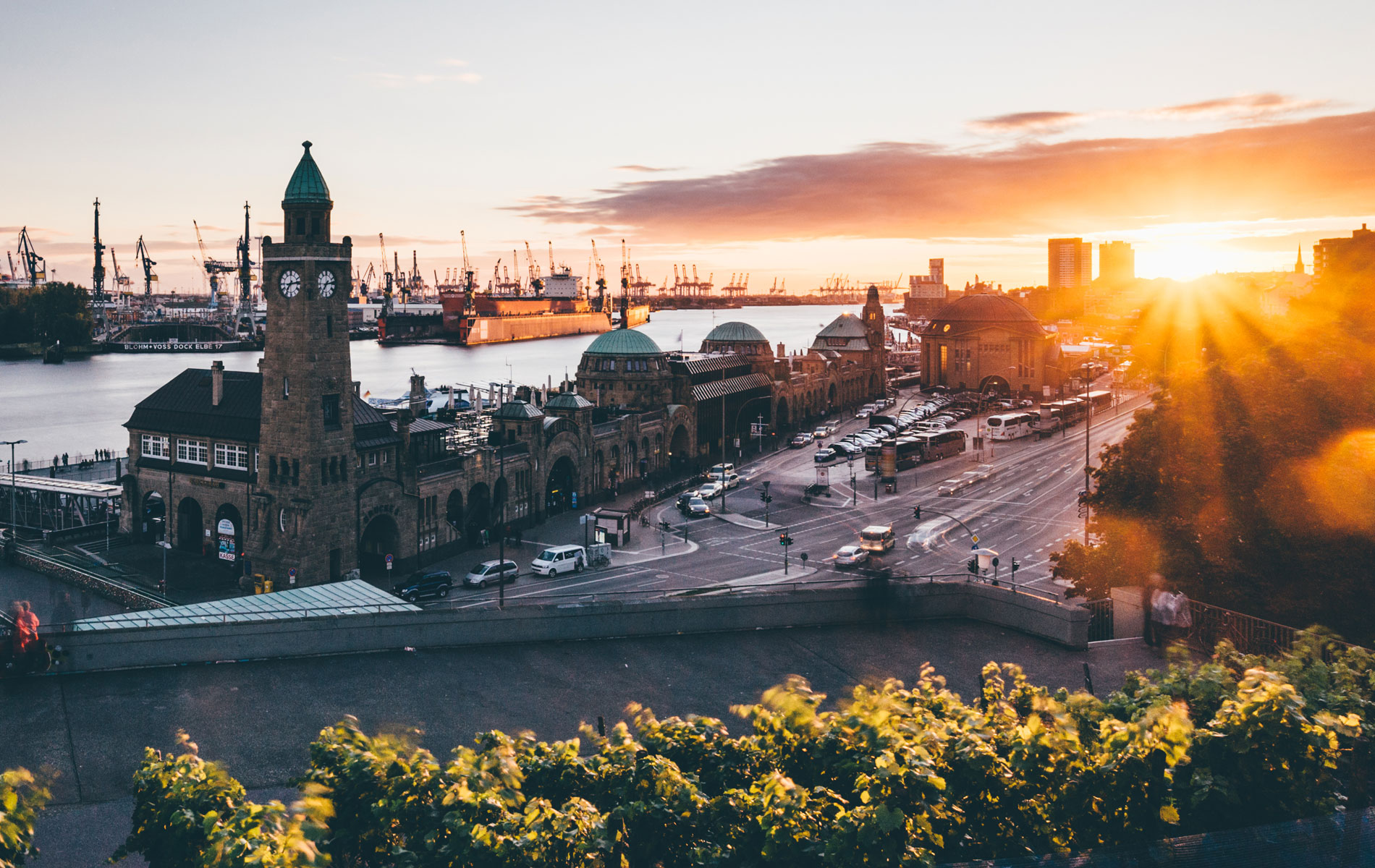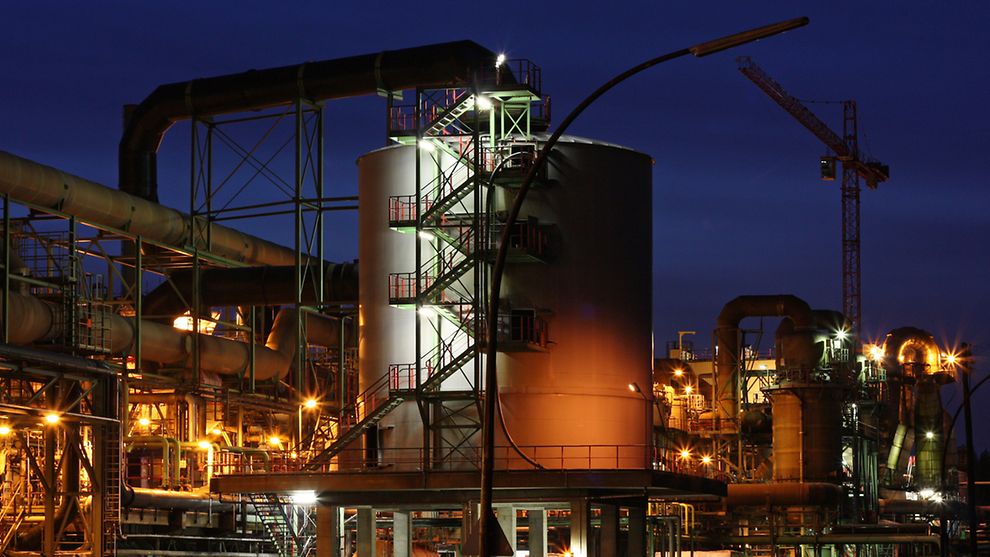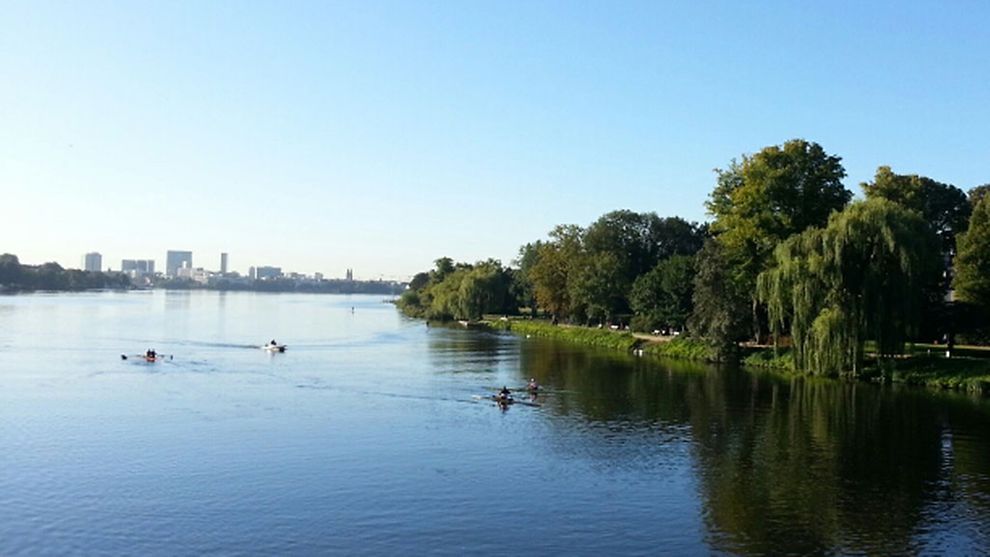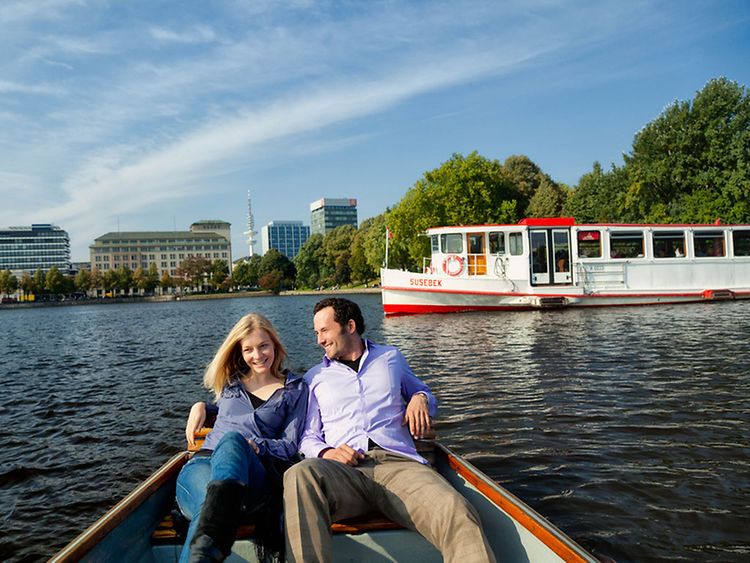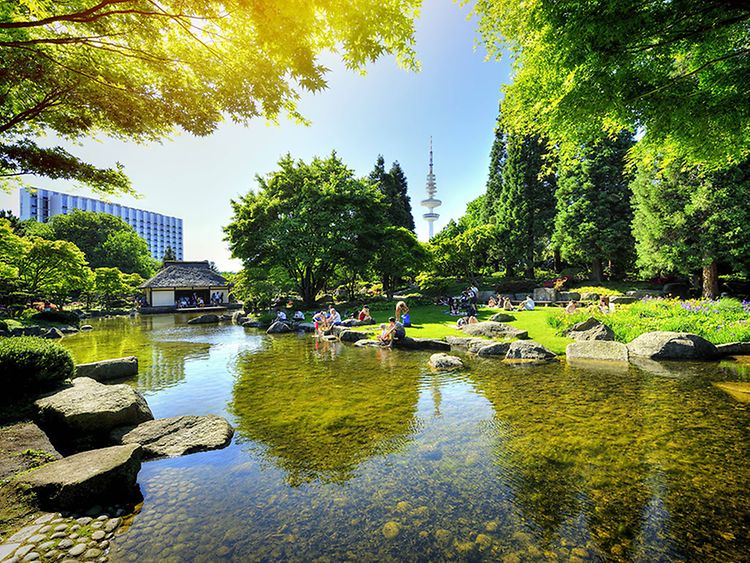The east of Hamburg’s Hafen-City district is cosy and warm thanks to copper. The metal producer Aurubis supplies the district with heat from copper production. This kind of innovation is really heating up, and not just in Hamburg.
A lot of heat and nowhere to go
Historically, the potential of industrially produced so-called ‘waste heat’ has not been used optimally. This energy is inevitably released in many production processes, but until recently had often gone un-harnessed for any further usage. This was also true of Europe's largest copper smelter, found on the Peute Island in the port of Hamburg. Sulfur dioxide is generated during the copper smelting and Aurubis processes the gas to sulfuric acid, creating a lot of heat that previously had to be cooled with Elbe water. But no more. From now on, the heat input into the Elbe will be significantly curbed.
HafenCity uses waste heat
In the past, using the waste heat outside the factory premises was impossible, but Aurubis has advanced its production processes to conduct industrial waste heat via a new district heating pipe of the energy supplier enercity to HafenCity East. There it is used for heating and for the production of hot water. Conventional district heating - for example from power plants - can be dispensed with, and in the medium term, HafenCity East will save around 4,500 tons of CO2 per year.
Great potential
Aurubis only uses one third of its sulfuric acid contact systems to supply HafenCity East with heat. The potential is even greater. Further systems conversions would allow Aurubis to provide additional waste heat to Hamburg’s central district heating network, where it would contribute greatly to climate-friendly heating. The participating companies and the city are still examining whether this option can be used and will depend, among other things, on how the legal and economic framework conditions develop.
Leading by example
Aurubis also uses the waste heat itself. Around a quarter of the hot cooling water from the sulfuric acid plant will replace steam that was previously generated with natural gas. As a result, the company is avoiding the emission of around 10,000 tons of CO2 per year.
